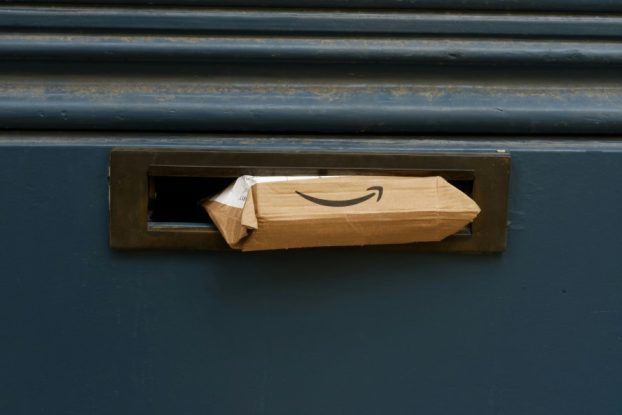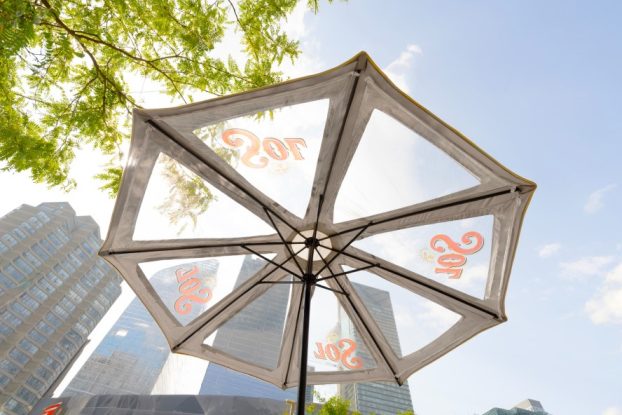When Scotiabank first announced that it had acquired the naming rights to the home of the Maple Leafs and Raptors for a whopping $800 million, the response of many people was, “What did you get?” says John Doig, EVP and CMO at Scotiabank.
Consumers’ incredulity might be explained by the sheer magnitude of the deal – at $40 million per year over the next 20 years, the deal is worth tenfold what Air Canada paid nearly two decades ago – and the fact that sports and entertainment aficionados aren’t necessarily well-versed in the finer points of sponsorship agreements.
Both Scotiabank and the MLSE believe the deal opens up huge opportunities for them: Scotiabank and its Tangerine subsidiary become the official banks of the Maple Leafs and Raptors, respectively; they can partner on Scene loyalty activations and philanthropic initiatives through the MLSE Foundation; and MLSE gains access to the bank’s Digital Factory innovation hub in Toronto to help develop digital and mobile experiences for fans – not to mention Scotiabank’s name now appears front-and-centre on and throughout the facility.
The challenge, rather, will be convincing regular fans and customers that the deal was worth the $800 million.
“We recognize fully that this is not about dictating what it’s going to be called. It’s about earning the fans’ confidence that it should be called the Scotiabank Arena,” says Doig. “We’re going to do that through improving the experience. We’re going to do that by improving the experience for those who are outside the building.”
Part of earning that right involves getting fans to see and benefit from the “improved value proposition” the deal presents every time they attend an event at Scotiabank Arena, adds Nick Eaves, chief venues and operations officer at MLSE.
Right off the cuff, Scotiabank has one advantage, according to Doig: its arena name is not an acronym. He hopes customers will come to call their sports team’s home either “Scotia” or some other name in which the brand association is clear.
He also hopes that the sponsorship transition (and its worth) will become clear to customers when they arrive to see the Leafs face off against the Montreal Canadiens for the season opener on Oct. 3. (The rights came into effect on July 1). According to media reports, as many as 154 categories of items will have been rebranded throughout the venue.
Lastly, Scotiabank is no stranger to hockey sponsorships. It has been involved with the sport for the last ten years, and has benefited greatly from that alignment, according to Doig.
“It’s not intuitive when you start,” he says. “We don’t sell hockey skates, we don’t sell sticks. We’re a bank, so we need to work a little harder at that.”
Doig previously told Media in Canada that Scotia’s hockey-related media investment has represented about 45% of its media spend for the last three years. Obtaining the rights to the Scotiabank Arena means continuing to build on an alignment that has been years in the making.
The bank’s support for hockey at all levels, be it professional teams or minor hockey, has been “very good to Scotiabank,” says Doig, adding that he looks at the most recent deal the same way. “My crystal ball is not that crisp 20 years out, but for the foreseeable future, the [Scotiabank Arena] is going to be a very big jewel in our crown.”
























